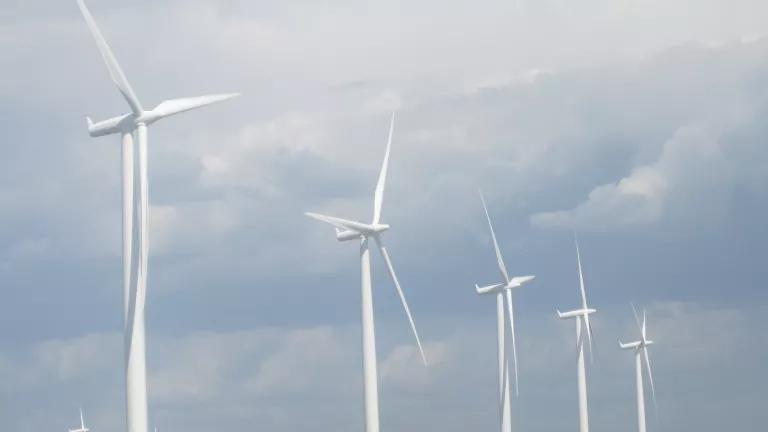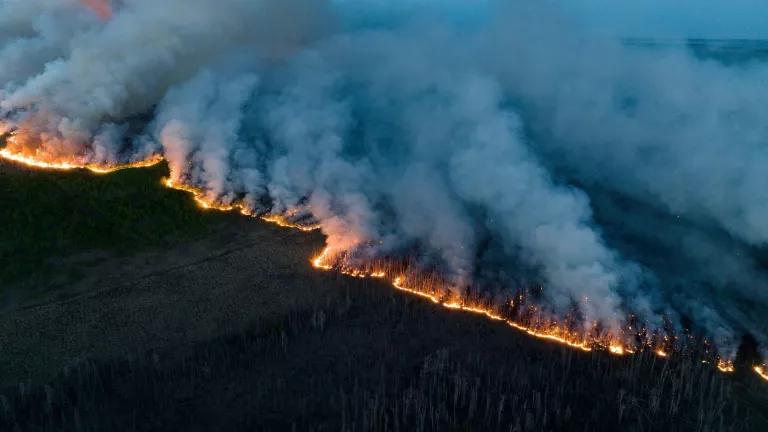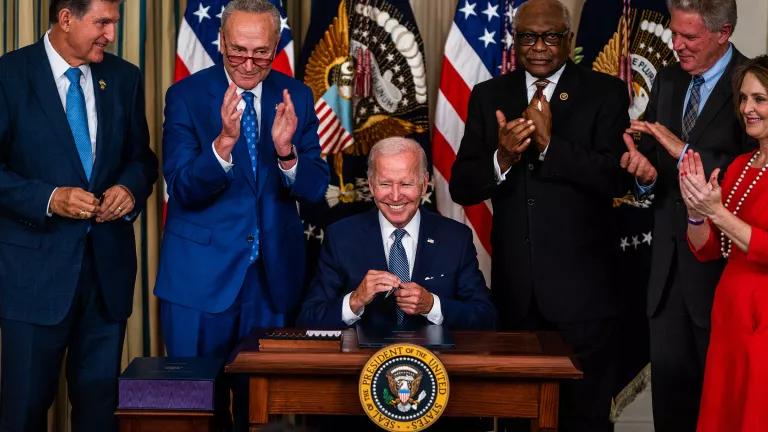Here Come the Floods: Warming World Brings Wetter Storms

Tropical Storm Barry looks set to join the ranks of storms made extra-wet by climate change.
Several inches of rain fell in south Louisiana in just a few hours last Wednesday, leading to widespread flooding in New Orleans. Just two days later, as Tropical Storm Barry crept toward the Louisiana coast, forecasters warned:
“The slow movement of Barry will result in a long duration heavy rainfall and flood threat … into early next week.”
Thankfully, Barry was so slow and oddly shaped that it dumped a lot of its “off the charts” moisture over the Gulf of Mexico, instead of south Louisiana.
Barry still threatens the southeast and central United States with dangerous flash floods, though, including in places like St. Louis, which has been plagued with high water for months.
A growing body of evidence shows that fossil fuel-driven climate disruption is increasing the amount of extreme rainfall in the United States. That’s because a warming atmosphere can hold more water vapor. Climate warming appears to have boosted the amount of rainfall in the unnamed storm that flooded Louisiana in 2016, as well as in Hurricanes Harvey, Maria, and Irma in 2017.
Flooding brings considerable risks to health and our communities, including:
- Drowning, which accounts for the vast majority of deaths during flash floods. More than 60 percent of deaths due to flash floods from 1996 to 2014 were associated with vehicles—including many people who attempted to drive through floodwaters.
- Bacterial and fungal infections, which can be spread by contaminated food and water and moldy storm debris. Millions of gallons of sewage and wastewater flowed into streets and rivers in North Carolina after Hurricane Florence hit in 2017.
- Pregnancy complications, due to maternal stress or lack of access to medical care. After Hurricane Sandy flooded New York in 2012, emergency room visits for early onset of delivery more than doubled.
- Power outages, which particularly threaten people who are dependent on ventilators and other in-home electrical medical devices. More than 38,000 Medicare beneficiaries in Louisiana rely on electricity for medical equipment. As of Monday morning, more than 36,000 Louisiana households were still reporting power outages related to Tropical Storm Barry. With the return of hot, humid weather, people without air conditioning in the wake of the storm face a heightened risk of heat-related illnesses and deaths.
- Mental health problems resulting from the loss of financial resources, jobs, homes, and loved ones. Ten months after Hurricane Harvey, roughly a third of Texas Gulf Coast residents affected by flooding and other hurricane impacts reported unhealthy coping behaviors, new prescription medication for a mental health issue, or other mental health consequences.
Hurricane Barry’s heavy rains fortunately have not been as severe as expected, but the potential remains for significant and lasting challenges to residents and communities in Louisiana, Mississippi and other southern and central states. My thoughts are with the people there now—including my own friends and family. They’re also with future residents of these states, who face evermore frequent and severe floods if we fail to swiftly cut carbon pollution and adapt to a world that is fundamentally different than the one I knew even as a child.




